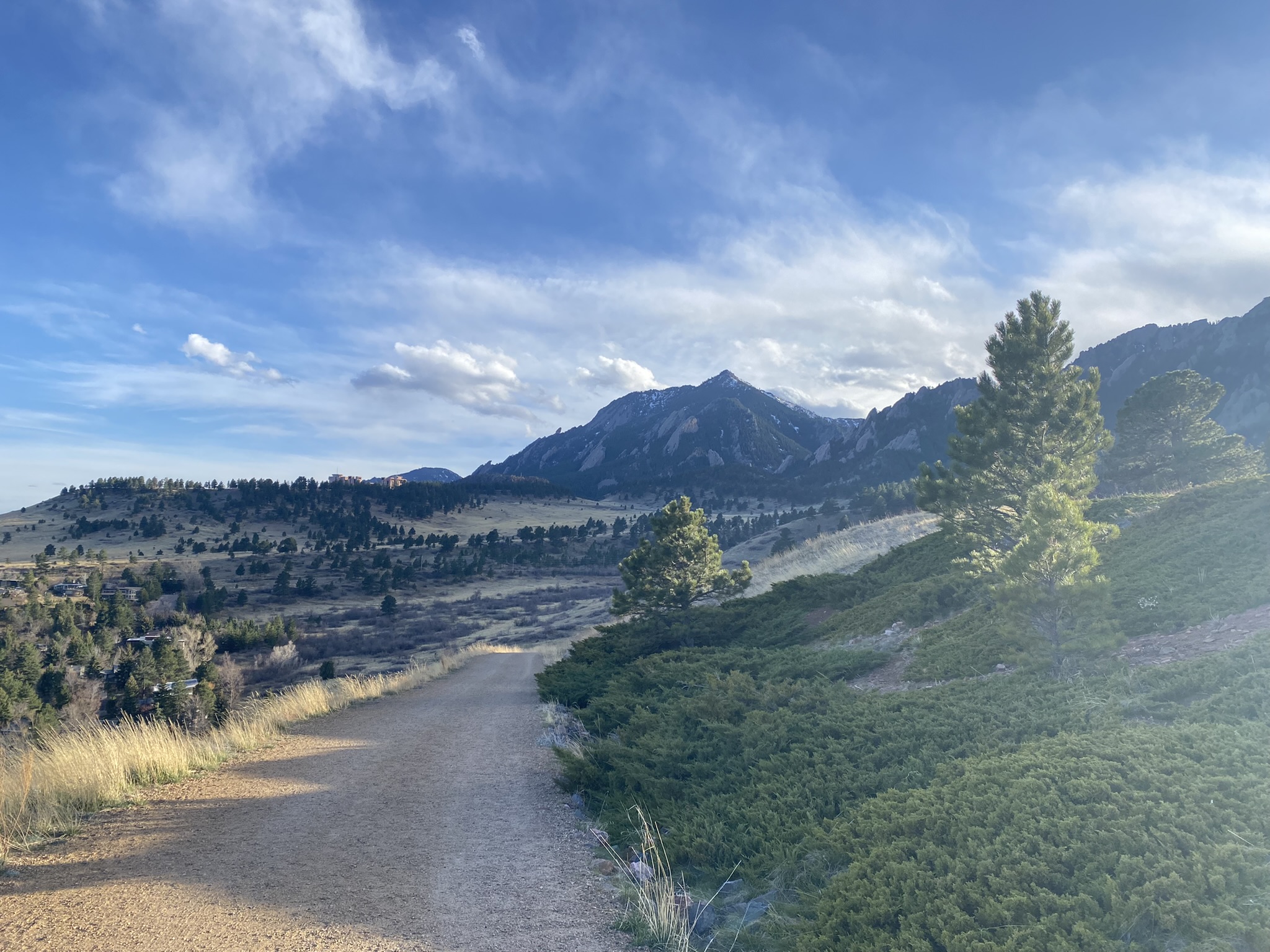A crucial aspect of the CWPP is to recommend strategies for reducing the risk of hazardous fuels, enhancing public outreach and education, lowering the ignitability for structures, and improving fire response capabilities. Funded by Boulder’s Climate Tax, passed by voters in November 2022, the CWPP will serve as a guiding document that will assist the city and landowners in making informed decisions with respect to wildfire preparation and management.
From 2023-2024, the city lead an initiative to update the CWPP. This initiative included community sessions for input and feedback as well as the cooperation of multiple city departments and regional partners. Community members can expect processes similar to this in the future as wildfire resilience strategy is ever changing and Boulder wants to remain on the forefront of risk mitigation.
